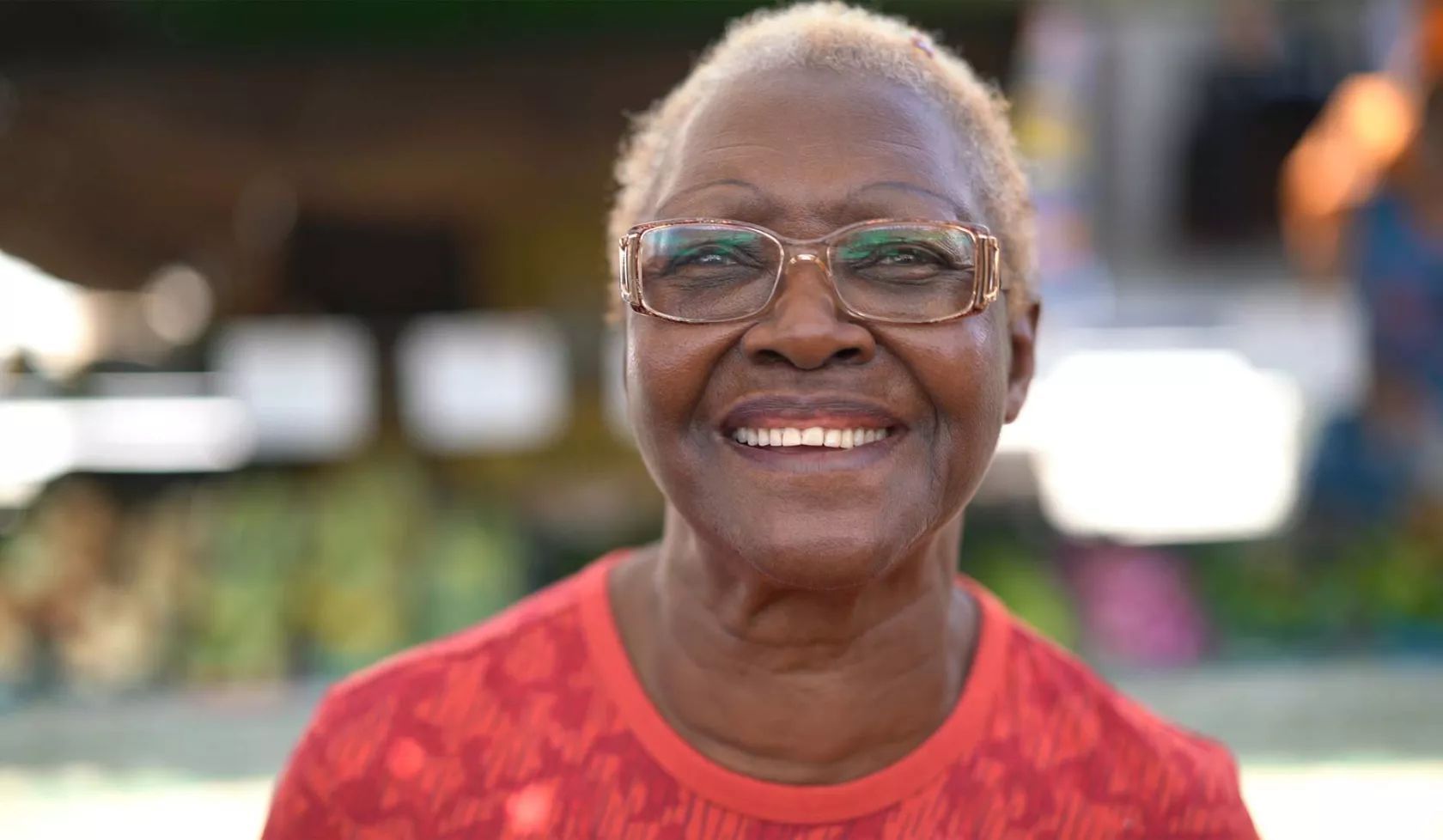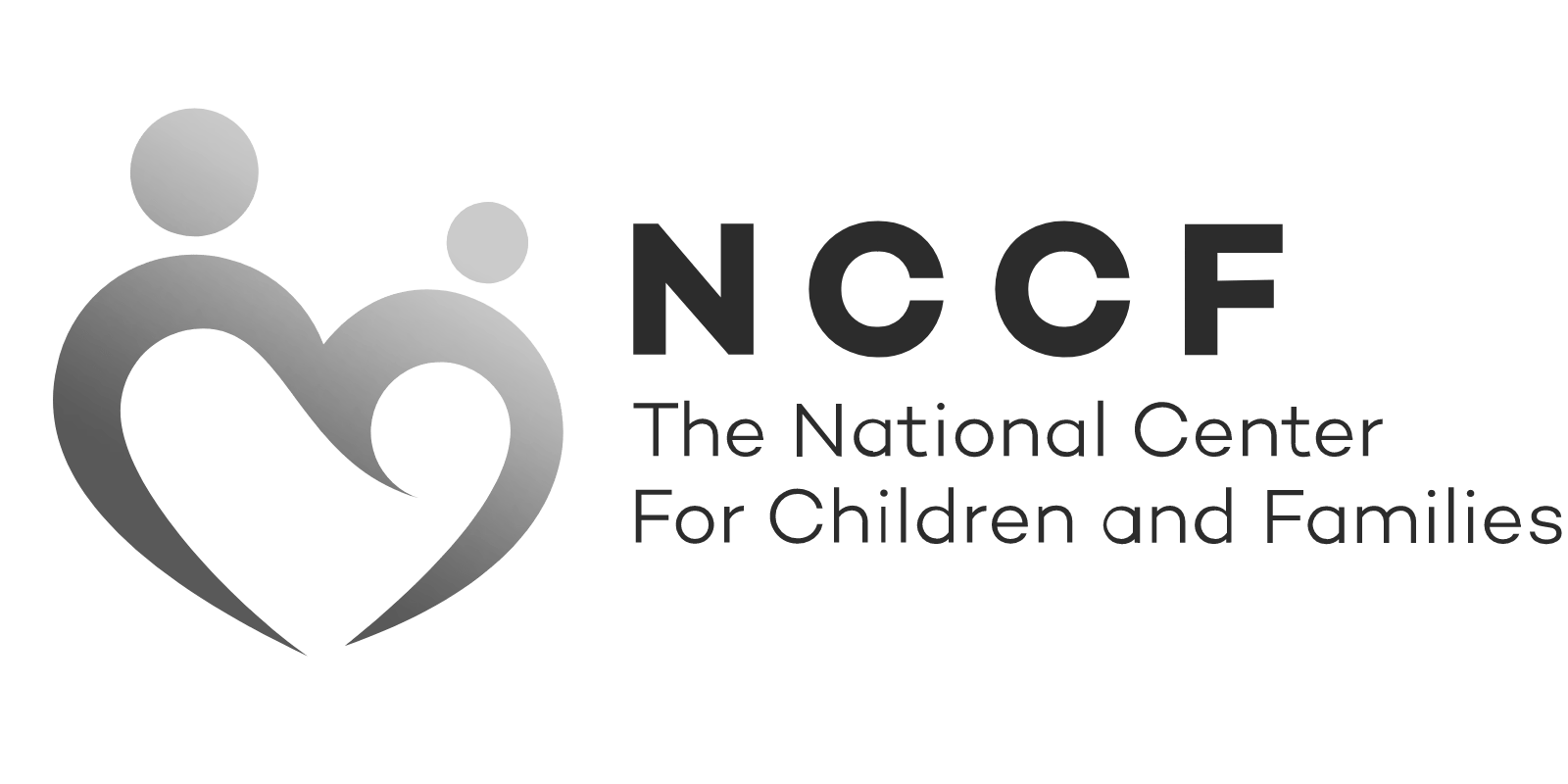Study: Loss of Medicaid supplemental coverage disproportionately harms Black, Hispanic patients
According to a study published in JAMA Internal Medicine, people who lose their supplemental Medicaid coverage as their income rises experience greater barriers to getting care due to higher out-of-pocket costs.
Once an individual's income surpasses 100% of the federal poverty level (FPL), they may no longer qualify for Medicaid, a vital coverage supplement to Medicare.
Moreover, losing dual eligibility aggravates healthcare inequalities among different racial and ethnic groups, as Black and Hispanic beneficiaries of Medicaid are disproportionately impacted compared to their White counterparts. The research indicates that surpassing the Medicaid eligibility threshold resulted in a 43.8 percentage point decrease in the likelihood of Black and Hispanic Medicare beneficiaries enrolling in Medicaid, compared to a 31 percentage point decrease for White Medicare beneficiaries.
Eric T. Roberts, Ph.D., who is the lead author of the study and affiliated with the Department of Health Policy and Management at the University of Pittsburgh School of Public Health, conveyed via email to Fierce Healthcare that the findings highlight how losing Medicaid coverage due to redetermination can create significant hurdles in accessing healthcare coverage.
"Older Black and Hispanic older adults with low incomes may be less able to pay for health care costs when they don't have Medicaid (e.g., they may have fewer savings to offset a loss of Medicaid)," said Roberts. "Thus, there is a need to minimize potential Medicaid coverage disruptions among older adults."
Roberts then stated that any rise in unfavorable health outcomes would probably occur mainly in hospitalizations most susceptible to inadequate medication and outpatient care, such as admissions for ambulatory care-sensitive conditions. Nonetheless, these hospitalizations are infrequent, and our sample size may have been insufficient to identify a disparity in such events.
Also, the study found that it may take time for the underuse of care to have measurable effects on hospital utilization.
The purpose of the cross-sectional study was to evaluate the differences between various groups using a regression discontinuity methodology. Between 2008 and 2018, the researchers examined data from Medicare users whose incomes ranged from 0% to 200% of the federal poverty level (FPL). They contrasted the disparities in outcomes between 5,259 white beneficiaries and 2,885 Black and Hispanic recipients. Between January 1, 2022, and October 1, 2022, researchers from a number of universities, including Pitt, Harvard Medical School, and the University of Michigan Medical School, examined the data.
Despite the data being gathered before the COVID-19 pandemic, the study's findings coincide with states' reductions in the population eligible for Medicaid, which had been increased due to the public health emergency brought on by the COVID-19 pandemic. On May 11, the health emergency is scheduled to end.
"Those redeterminations are now resuming, and they will affect older adults for whom Medicaid supplements Medicare," Roberts said.
A person's Medicaid eligibility may be revoked due to redetermination if their financial position changes, they miss the recertification date, or if an administrative error occurs. "This poses a particular concern for older adults who rely on Medicare as their primary insurer and Medicaid as a supplementary insurer because Medicaid coverage for this age group is intricate and challenging to navigate,"
Losing dual eligibility implies that people are less likely to seek medical care, which leaves healthcare providers dealing with more advanced stages of illness when patients do eventually seek care, according to Richard G. Stefanacci of Jefferson College of Population Health at Thomas Jefferson University, as he stated in an email to Fierce Healthcare.
Although the proportion of beneficiaries with Medicaid above versus below the federal poverty level varied depending on race and ethnicity, the study found that, when taking into account the decline in Medicaid enrollment in each group, the decrease in healthcare utilization was more pronounced among Black and Hispanic beneficiaries who did not have Medicaid than among white beneficiaries. These results suggest that low-income Black and Hispanic beneficiaries experience greater barriers to healthcare access when they don't have Medicaid as a secondary insurance to cover Medicare's cost-sharing.
According to the report, white Medicare recipients experience less chronic conditions than black and Hispanic beneficiaries. They include heart disease, diabetes, and hypertension, all of which are treatable with medication and outpatient treatment.
To prevent a coverage cliff, they recommend revamping eligibility and linking Medicaid supplementary coverage to 200% of the FPL while progressively reducing Medicaid cost-sharing support to between 100% and 200% of FPL.
“These recommendations remain salient following the passage of the Inflation Reduction Act, which includes several provisions to lower out-of-pocket drug costs in Medicare,” the study said.
The federal poverty level (FPL), which was formerly 120% of it, has been raised to 150% under the new provision. Individuals who earn between 135% and 159% of the FPL or higher are now eligible for partial subsidies.
Credits Frank Diamond Loss of Medicaid supplemental coverage disproportionately harms Black, Hispanic patients: study, https://www.fiercehealthcare.com/payers/loss-medicaid-supplemental-coverage-disproportionately-harms-blacks-and-hispanics-study
















